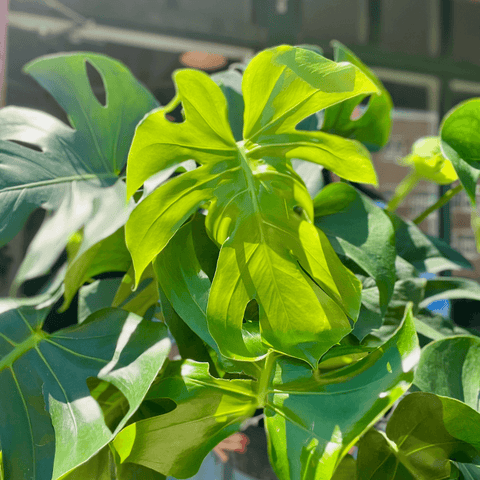Indoor air quality is a topic of increasing concern in today's world, as many people spend a significant amount of time indoors. As a result, pollutants such as dust, volatile organic compounds (VOCs), and other harmful chemicals can accumulate in our homes and offices, leading to various health issues. While air purifiers can help combat these pollutants, there is a natural and aesthetically pleasing alternative: plants. In this blog post, we will explore some of the best plants for air purification and how they can improve indoor air quality naturally.
Snake Plant (Sansevieria trifasciata)
The snake plant, also known as Mother-in-Law's Tongue, is one of the most popular plants for air purification. It's a hardy plant that requires minimal care, making it perfect for those lacking a green thumb. The snake plant converts carbon dioxide into oxygen at night, making it an ideal bedroom companion. Additionally, it effectively filters out toxins such as formaldehyde, benzene, xylene, and trichloroethylene.
Spider Plant (Chlorophytum comosum)
The spider plant is another excellent choice for improving indoor air quality. Its long, arching leaves adorned with white stripes add a touch of elegance to any space. In addition, the spider plant efficiently removes harmful air pollutants like formaldehyde, carbon monoxide, and benzene. It's also a resilient plant that thrives in various conditions, making it suitable for beginners and experienced plant enthusiasts.
Aloe Vera (Aloe barbadensis)
Aloe vera is a popular plant known for its medicinal properties, but it also serves as an exceptional air purifier. It releases oxygen during the night, helping to improve indoor air quality while you sleep. In addition, aloe vera is highly effective at filtering formaldehyde and benzene, commonly found in household cleaning products and plastics. Moreover, it requires minimal watering and thrives in bright, indirect light.
The peace lily is a graceful plant with glossy, dark green leaves and striking white flowers. It enhances the aesthetic appeal of any room and acts as a natural air purifier. The peace lily effectively removes common toxins like benzene, formaldehyde, trichloroethylene, and ammonia from the air. It thrives in shady conditions and requires regular watering, making it an excellent choice for bathrooms or areas with lower light levels.
Boston Fern (Nephrolepis exaltata)
The Boston Fern is an ideal choice if you're looking to add a touch of lushness to your indoor environment while improving air quality. This elegant fern is a natural humidifier, releasing moisture into the air and helping to combat dryness, which can lead to respiratory issues. It's particularly effective at filtering formaldehyde, xylene, and toluene. The Boston fern prefers indirect light and regular watering to maintain its vibrant foliage.
Improving indoor air quality is crucial for our overall well-being, and incorporating plants into our living and working spaces is an effective and natural way to achieve this goal. Snake, spider, aloe vera, peace lily, and Boston fern are some plants that can help purify our air. Consider light requirements, watering needs, and pet toxicity when selecting plants for your specific environment. You can enjoy cleaner, fresher air with the proper selection while adding beauty and tranquility to your indoor spaces.





Comments (0)
There are no comments for this article. Be the first one to leave a message!